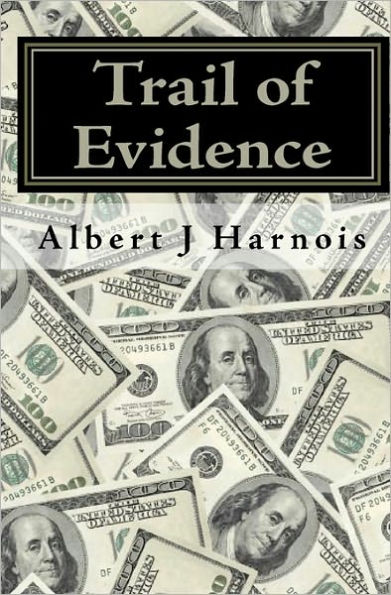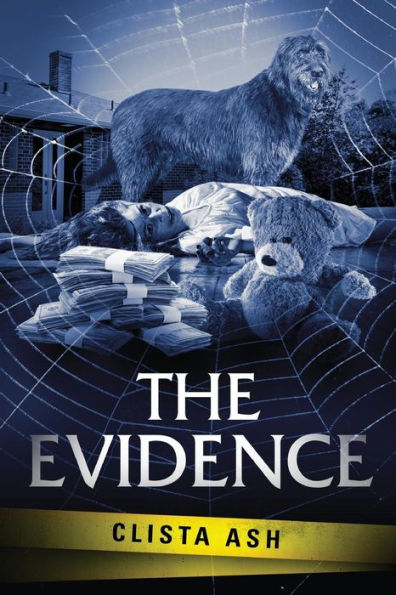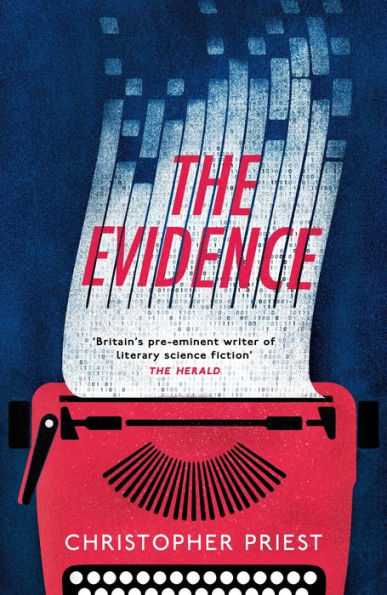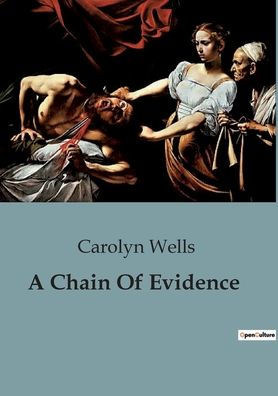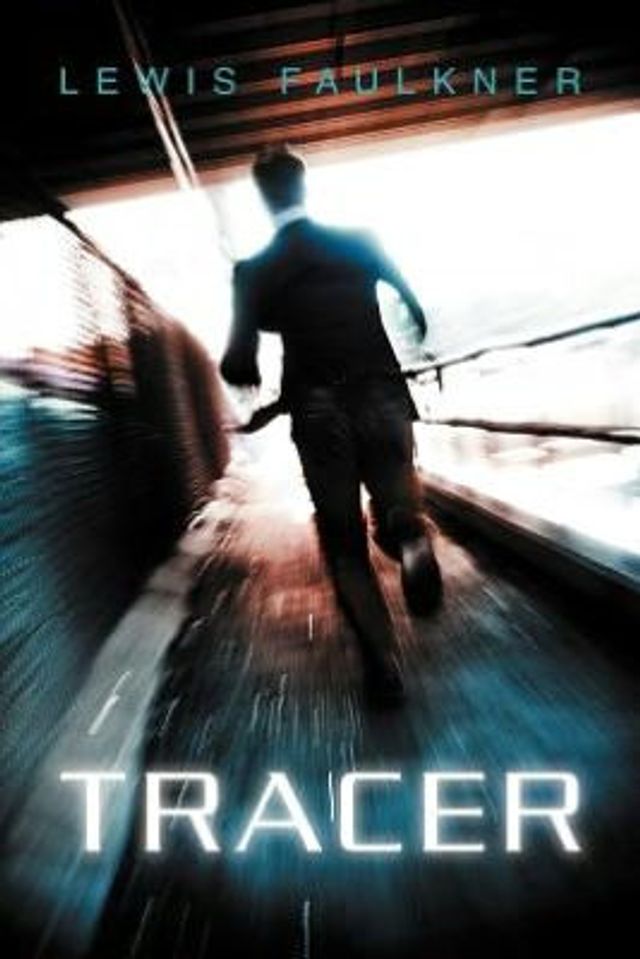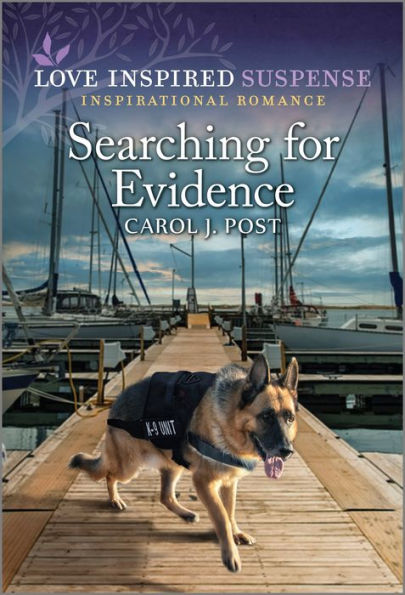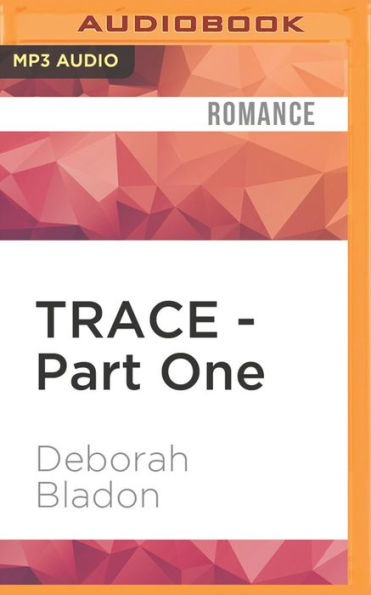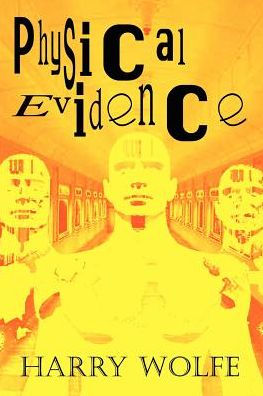Home
Trace Evidence


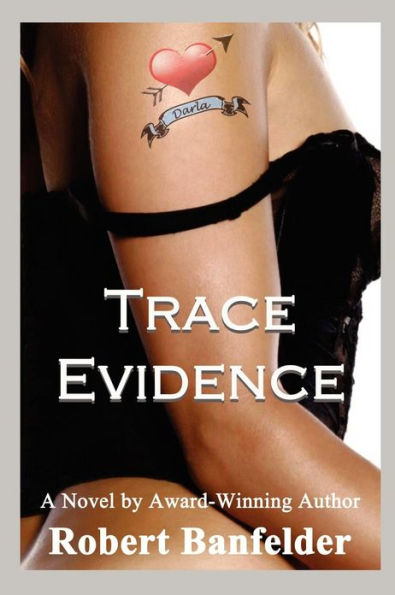
Trace Evidence
Current price: $15.99
Loading Inventory...
Size: OS
TRACE EVIDENCE is inspired by Long Island, New York's first death penalty case in nearly a quarter century-the Robert Shulman serial killer trial-1998. On a daily basis, the author spent an unprecedented fifteen months following pretrial, jury selection, trial, and penalty-sentencing phase; lectured at Kirby Forensic Psychiatric Center for the criminally insane, Ward's Island, Manhattan [where Shulman had been evaluated]; then interviewed the head of Suffolk County Homicide, Detective Lieutenant John Gierasch, for the finishing fictional touches. Additionally, scores of folks connected to law enforcement and the courts assisted Robert Banfelder so as to build verisimilitude into this account.
On April 6, 1996, Robert Shulman was arrested in Hicksville, Long Island, New York for murdering and dismembering three women. Subsequently, Shulman was linked to the murder of two other women in Westchester, New York. After a lengthy trial, Shulman was convicted and sentenced to die by lethal injection; that is, before the Court of Appeals declared the New York State death penalty unconstitutional. Robert Shulman died in prison on April 13, 2006.
While remaining true to many of the facts referencing the Robert Shulman serial-killer trial in Suffolk County, Long Island, New York, award-winning novelist Robert Banfelder brilliantly weaves his fictional account of murder and mayhem through the fabric of justice and injustices.
TRACE EVIDENCE is a story of murder, avarice and betrayal. Brothers Howard and Jeffrey Mills, both postal mail handlers, are initially suspects in the bludgeoning and dismembering murders of three prostitutes. Eventually, homicide detectives zero in on Howard as their primary target. An avalanche of forensic evidence leaves no doubt in anyone's mind that the women were killed in Howard's one-room rental. In the words of the lead prosecuting attorney, "That room was a slaughterhouse." But is Howard Mills the murderer? The defendant admits solely to the victims' postmortem amputations.
Extraordinary pressures are applied by the district attorney's office for the police to quickly ensure a confession so as to deem Howard death penalty qualified. Suffolk County Homicide Detective Gary York misrepresents himself as an attorney who promises to help Howard by getting him into a mental hospital if he confesses; otherwise, life in prison without the possibility of parole versus the death penalty are the two alternatives presented to Mills. Howard accepts the offer but is left hanging in the wind at his arraignment, believing that he is legally well-represented.
Howard Mills is found guilty and sentenced to die by lethal injection. Detective Gary York's suspicions are raised that eventually point to another family member. The motive is money and invaluable properties-a veritable fortune if that person can successfully manipulate Howard into relinquishing his assets . . . sooner than later.
